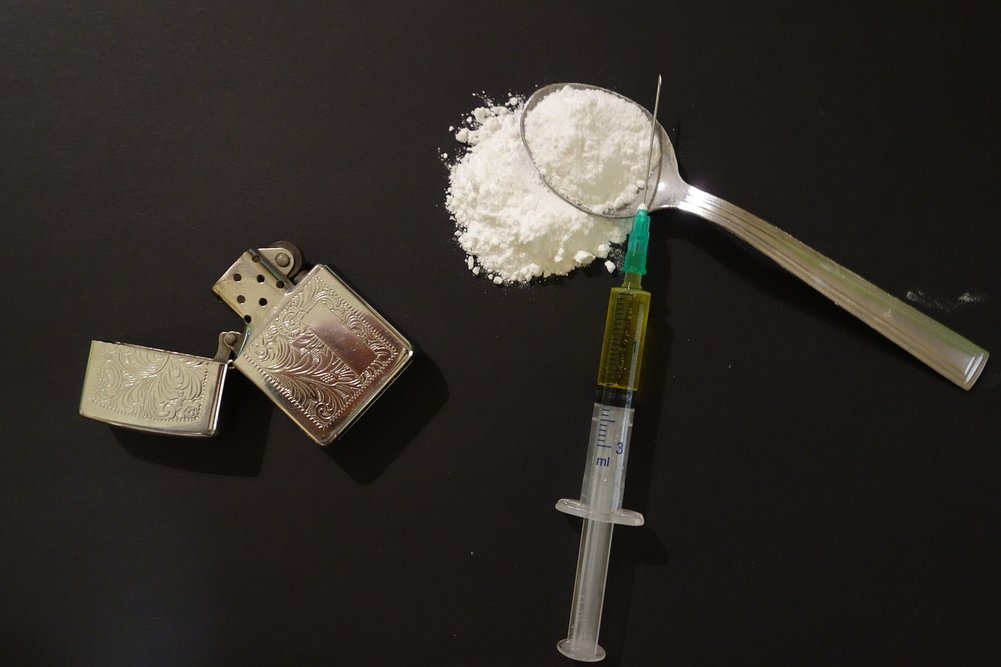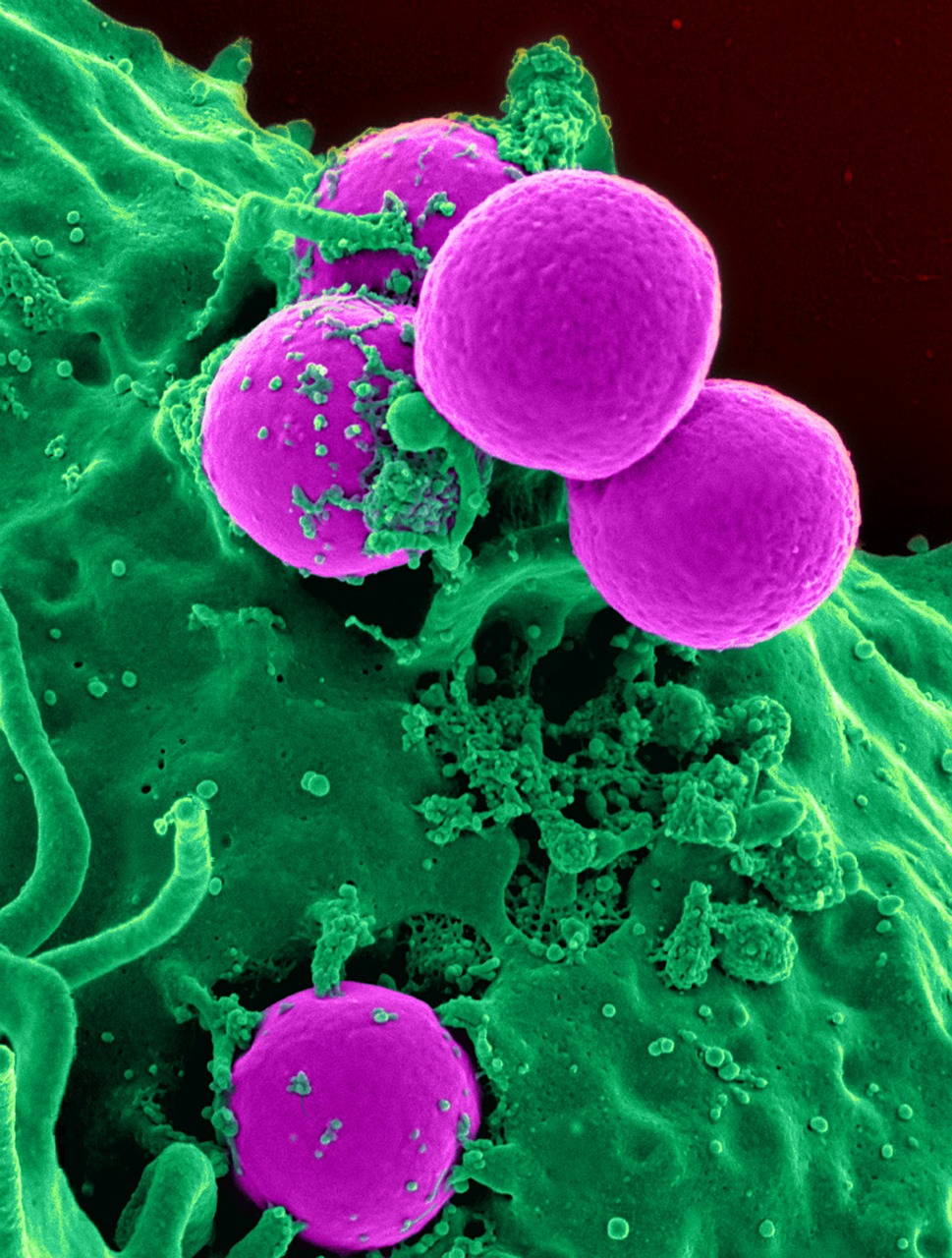Researchers from Indiana University (IU) have made the first direct visual observation of bacteria taking up foreign DNA from its surrounding. It is a key step in their process of rapidly evolving new traits, including troublesome drug resistance. The new methods developed by the researchers provided them with the ability to catch this mechanism on film.
Scientists hypothesized about horizontal gene transfer mechanism for decades. Now, they have a visual proof that DNA fragments can be incorporated into bacteria’s own genomes through a process called DNA uptake. Bacteria used appendages called pili to harpoon pieces of DNA and retract it back to itself.
“Horizontal gene transfer is an important way that antibiotic resistance moves between bacterial species, but the process has never been observed before since the structures involved are so incredibly small,” said biologist an assistant professor Ankur Dalia for IU Bloomington News.
For their research, the IU scientists worked with Vibrio cholerae, the microbe that causes cholera. Their study has been published in the journal Nature Microbiology.
“It’s important to understand this process, since the more we understand about how bacteria share DNA, the better our chances are of thwarting it.”
Bacterial appendages are over 10,000 times thinner than a human hair. The research group used a new method invented at the IU to “paint” pili and DNA fragments with special glowing dyes. What researchers saw was bacteria casting pili through cell wall pores to nab a stray piece of DNA. The pili then draw the DNA into the bacterial cell through the same pore.
“It’s like threading a needle,” said biologist Courtney Ellison, the first author on the study. “The size of the hole in the outer membrane is almost the exact width of a DNA helix bent in half, which is likely what is coming across. If there weren’t a pilus to guide it, the chance the DNA would hit the pore at just the right angle to pass into the cell is basically zero.”
So why is this research so important for antibiotic resistance research? When bacteria with antibiotic resistance die, they break apart and release their DNA to the surroundings. Other bacteria can then incorporate this released DNA, develop the antibiotic resistance and transfer it to own daughter cells. Nearly 2 million people are affected by antibiotic-resistant bacteria each year and at least 23,000 deaths have occurred in the US alone.
The research group hopes to figure out the exact mechanisms bacteria use to spread antibiotic resistance and to come up with a way of preventing it. The protein involved in the process of pili latching onto the DNA seems to interact with DNA in a way that has not been seen before. Furthermore, their method can be coupled with fluorescent dyes to observe other functions of the pili as well.
“These are really versatile appendages,” Dalia said. “This method invented at IU is really opening up our basic understanding about a whole range of bacterial functions.”
Learn more about how antibiotic resistance spreads between bacteria in the video below:
By Andreja Gregoric, MSc











